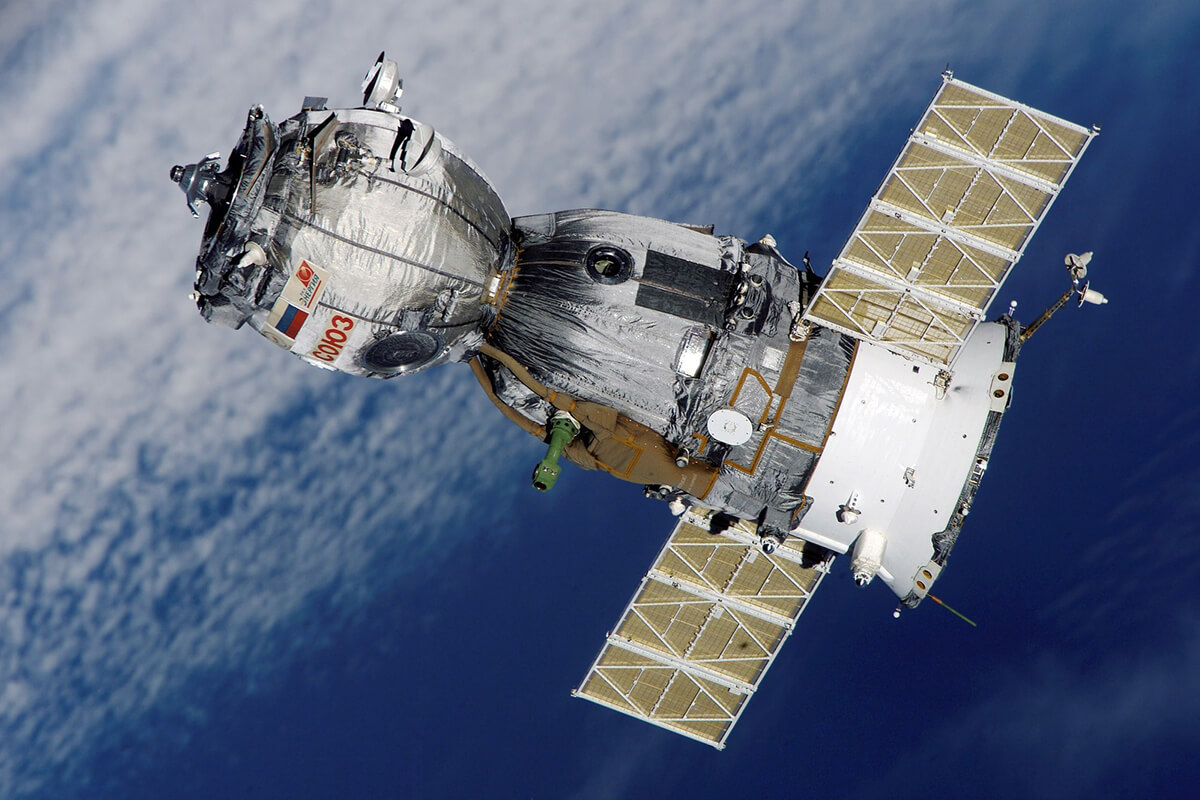The International Space Station (ISS) is one of the most remarkable achievements of human exploration. Orbiting 408 kilometers above the Earth, the ISS is a marvel of engineering and a symbol of international cooperation. In this post, we will take a closer look at life on the International Space Station and explore the challenges and rewards of living in space.
The ISS is home to a rotating crew of astronauts who conduct experiments, maintain the station, and participate in scientific research. These crew members come from a variety of backgrounds, including engineering, science, and medicine, and are selected from space agencies around the world.
Living on the ISS is a unique experience, with its own set of challenges. One of the most significant challenges is adapting to life in microgravity. In microgravity, everything floats, and basic tasks such as eating, sleeping, and using the restroom require new techniques and adaptations. The lack of gravity can also cause physical changes in the body, including bone loss and muscle atrophy.
Another challenge of living on the ISS is the isolation from family and friends on Earth. Crew members spend months at a time on the station, and communication with loved ones is limited to scheduled video conferences and email. The ISS crew must also deal with the constant noise of fans, pumps, and other equipment, which can make it difficult to sleep and relax.
Despite the challenges, living on the ISS is a unique and rewarding experience. Crew members have the opportunity to conduct experiments and research that would not be possible on Earth, and the view from space is breathtaking.





